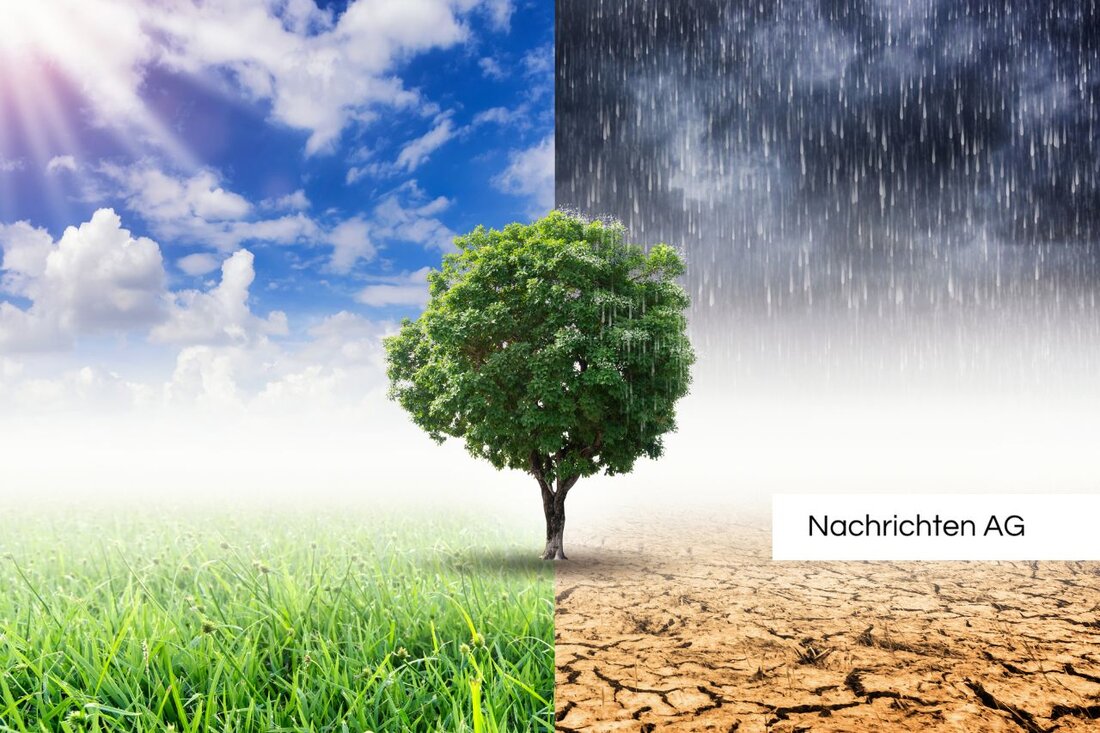Flood risk on the Baltic Sea: Current levels at a glance!

Flood risk on the Baltic Sea: Current levels at a glance!
Warnemünde, Deutschland - The Baltic Sea coast Mecklenburg-Western Pomerania is again in the spotlight when it comes to flood events. According to a current report by the Ostsee newspaper, the levels in cities such as Wismar, Warnemünde and Sassnitz are informed. It shows that the water levels not only fluctuate seasonally, but are also important in the historical context. The highest flood in Warnemünde was recorded on November 13, 1872 with a fabulous 770 cm, while the deepest water level was measured on October 18, 1967 with 332 cm. These extreme values form the basis for future flood management and risk management in the region. The currently measured values can be explained by the terms "medium low water" (MNW) and "Medium Flood" (MHW), which represent the norm for the levels.
The topic becomes particularly explosive when you look at the different storm surge classes. These are divided into four categories: a storm surge denotes values of 1.00 to 1.25 m above the middle water level, while a very heavy storm surge extends over 2.00 m. The last severe storm surges left considerable damage, such as those in October, which resulted in a financial need of around 56 million euros for the city of Sassnitz. A large part of this money is intended for the restoration of the infrastructure and to compensate for sand loss on the beaches.
flooding and risk management
The flood hazard cards made available by the website of the Ministry of Agriculture, Environment and Consumer Protection M-V offer a detailed analysis of the potential flood risks. These cards not only show the extent of the flooding, but also the water depth and the potential damage to economic activities and protected areas. The presentation of areas protected by technical flood protection systems, an important progress in the context of flood risk management is
It is impressive to see how science analyzes the influence of climate change on storm surges. The Federal Environment Agency has found that the highest water levels show a cyclical course and play extreme weather events such as storms and hurricanes. An increasing sea level due to climate change increases the risk of future storm surges. The climb can be considered to make it difficult because the strength of the storm surges changes over the years, which makes the planning of protective measures even more urgent. Every new storm surge brings with it the possibility of further damage, even if the frequency does not necessarily increase.
communicative measures and warning systems
The municipalities are well prepared for floods. Warnings are carried out by flood centers, which provide information about radio, television and social media, among other things. The use of warning apps and digital advertising boards has also proven itself recently. These communication channels are crucial to warn the population in good time of impending dangers.
With these extensive measures and information, the resilience of the coastal regions of Mecklenburg-Western Pomerania grows. The regular review of the flood danger and risk cards by December 22, 2025 shows that you do not rest on your laurels, but are actively working on the future. The challenges remain, but the region shows the right feeling to prove a good hand in flood prevention.For more information and details on current levels, flood hazard cards and risk management, interested readers can visit the websites of the Ostsee-Zeitung, the Ministry of Agriculture, Environment and Consumer Protection M-V and the Federal Environment Agency: Ostsee-Zeitung , lung mv and Environmental Federal Office .
| Details | |
|---|---|
| Ort | Warnemünde, Deutschland |
| Quellen | |
